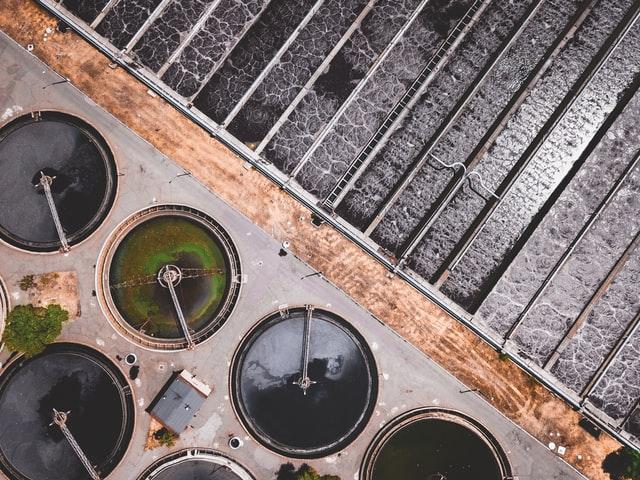Combating Waterborne Diseases: The Role of Water Treatment Plants

Access to clean and safe drinking water is a fundamental human right. Unfortunately, waterborne diseases caused by contaminated water sources remain a significant global health challenge. To address this issue effectively, the implementation of robust water treatment plants is crucial.
Waterborne Diseases and Contamination: A Persistent Threat
Waterborne diseases, such as cholera, dysentery, and typhoid, pose severe health risks, especially in areas where access to clean water is limited. Contamination of water sources by bacteria, viruses, and other pathogens can lead to widespread outbreaks, affecting communities and jeopardizing public health.
The Importance of Water Treatment Plants:
1. Microbial Removal:
Water treatment plants play a pivotal role in removing harmful microorganisms from water sources. Processes like coagulation, sedimentation, and filtration effectively eliminate bacteria and viruses, ensuring that the water supplied is microbiologically safe for consumption.
2. Chemical Purification:
Water treatment involves the use of various chemicals to neutralize and eliminate contaminants. Chlorination, ozonation, and advanced oxidation processes help in destroying or inactivating disease-causing agents, providing an additional layer of protection.
3. Physical Filtration:
Filtration systems in water treatment plants physically remove suspended particles, sediment, and impurities. This process enhances the clarity and quality of water, preventing the transmission of waterborne diseases.
4. Removal of Chemical Pollutants:
Water treatment plants employ techniques like activated carbon adsorption to remove chemical pollutants, including pesticides and industrial waste. This ensures that the water supplied is free from hazardous substances that can compromise human health.
Water Treatment for Sustainable Health:
Investing in water treatment plants is a proactive measure toward achieving sustainable health outcomes. By providing communities with access to clean and safe water, the prevalence of waterborne diseases can be significantly reduced, contributing to improved overall well-being.
Water treatment plants are indispensable in the fight against waterborne diseases. They serve as guardians of public health by purifying water and making it safe for consumption. Governments, communities, and organizations must continue to prioritize the establishment and maintenance of efficient water treatment infrastructure to ensure a healthier and disease-free future.
- Whats New
- Shopping
- Wellness
- Sports
- Theater
- Religion
- Party
- Networking
- Music
- Literature
- Art
- Health
- الألعاب
- Food
- Drinks
- Fitness
- Gardening
- Dance
- Causes
- Film
- Crafts
- Other/General
- Cricket
- Grooming
- Technology

